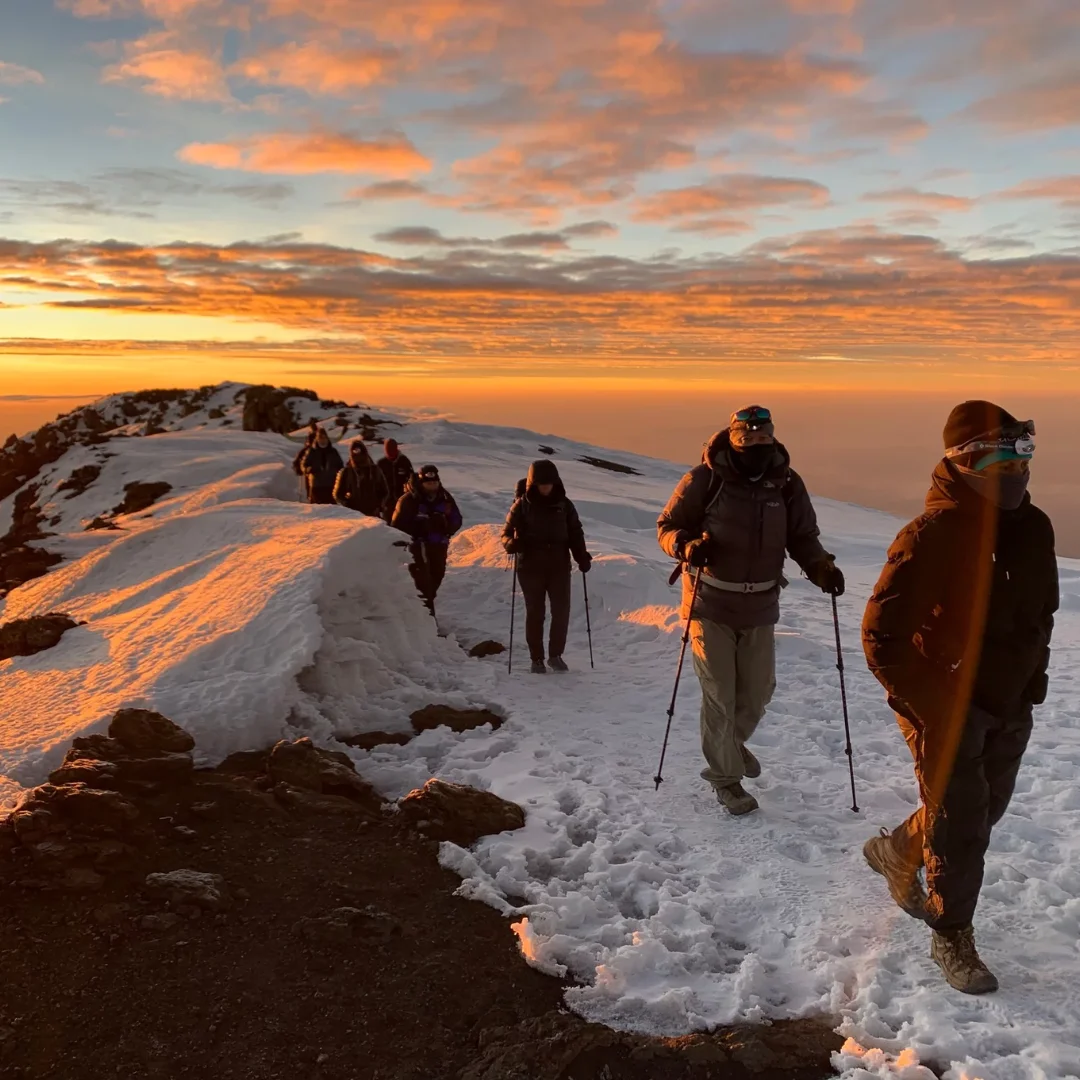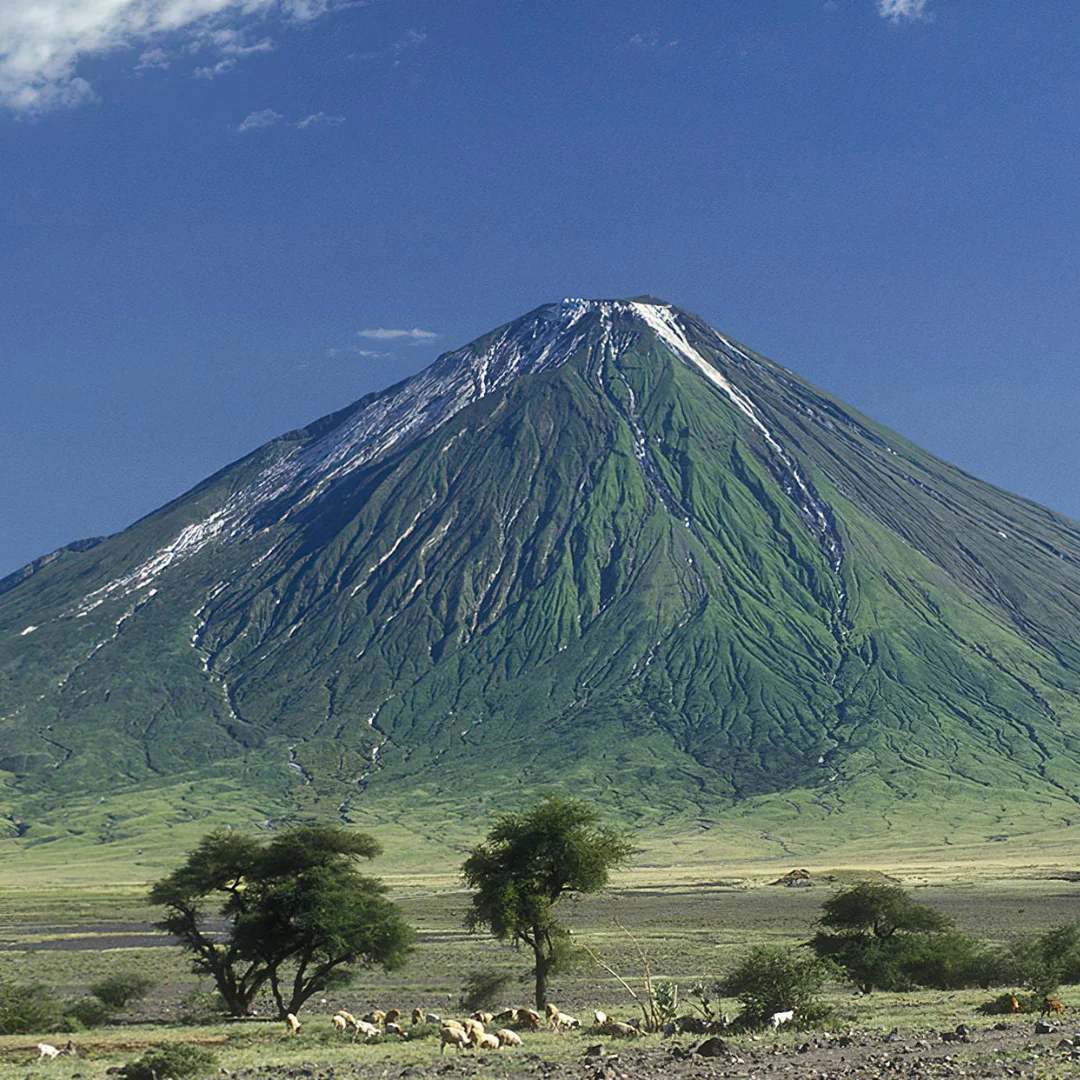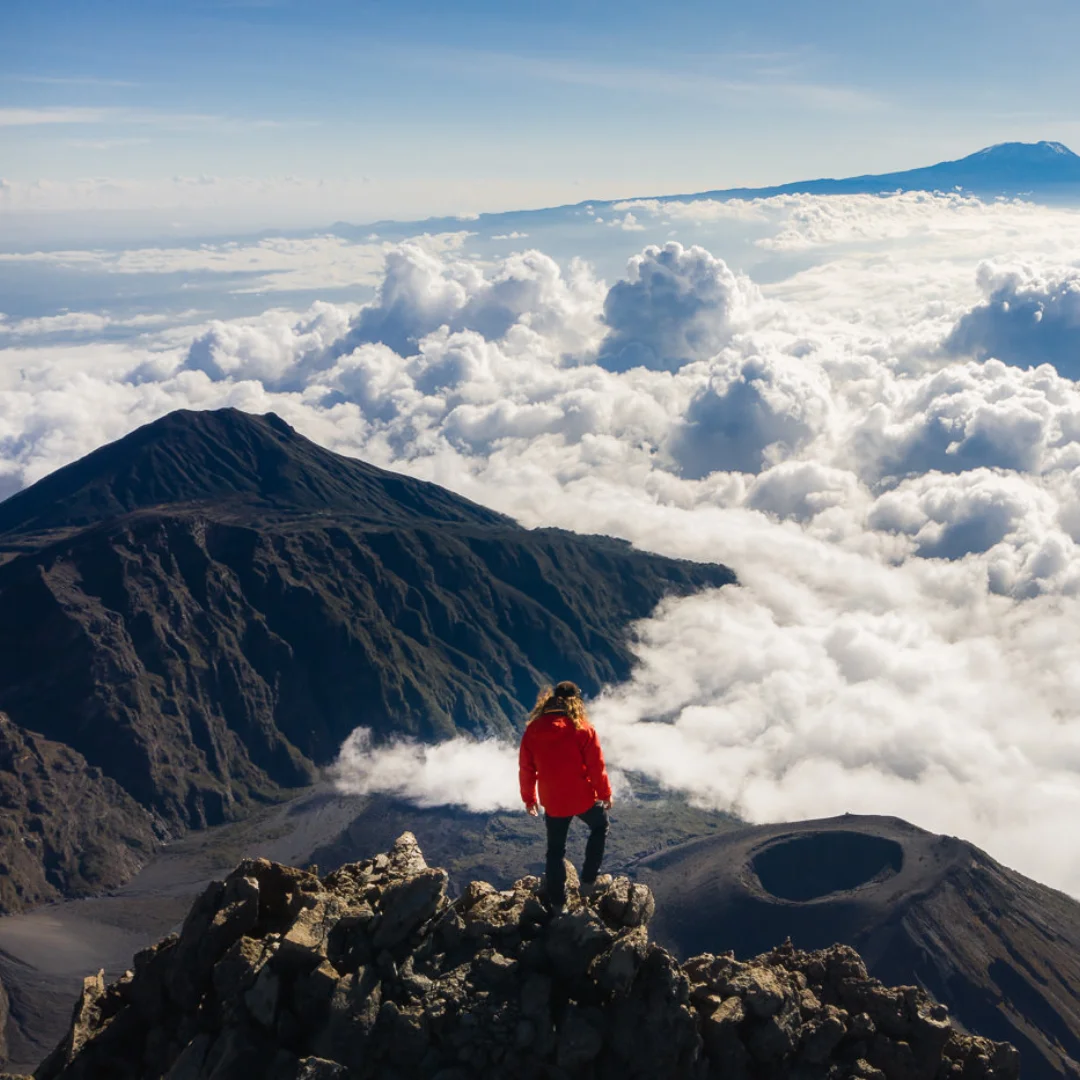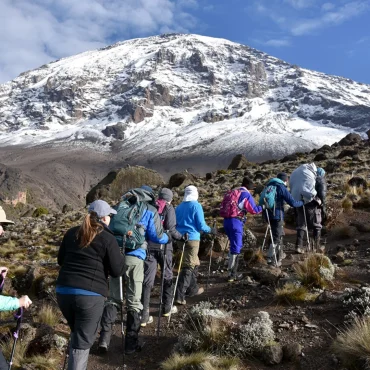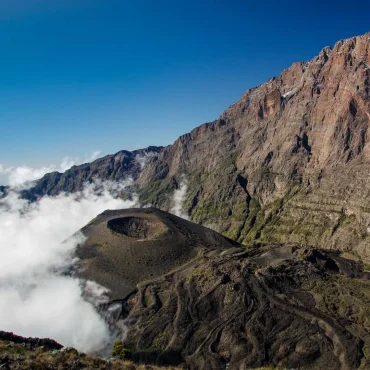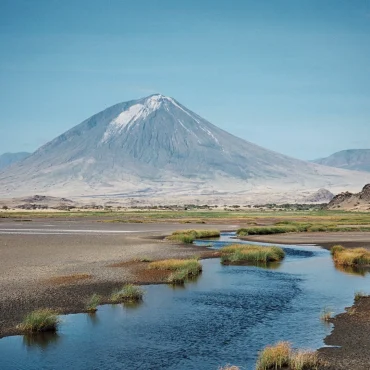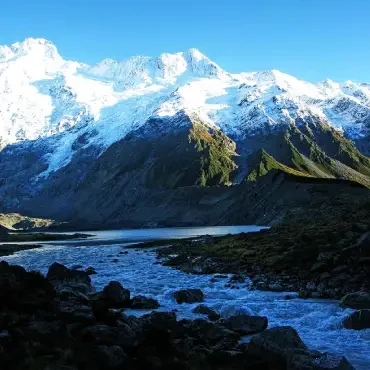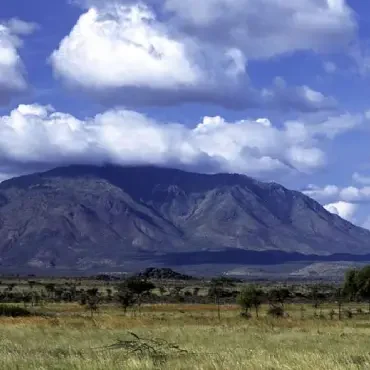Experience the Thrill of Altitude
Tanzania invites adventurers from all over the world to experience some of Africa’s most iconic mountain climbing adventures.

The most celebrated is Mount Kilimanjaro, Africa’s highest peak at 5,895 meters. Climbing Kilimanjaro is a physical challenge and a journey through diverse climates, from tropical rainforests to arctic summits, rewarding climbers with unparalleled views over the Maasai Steppe.
Not far from Kilimanjaro, Mount Meru stands proudly as Tanzania’s second-highest mountain at 4,566 meters. This climb is less crowded and takes you past wildlife, through lush forests, and up steep slopes, culminating in a dramatic crater rim walk.
For those seeking a truly unique adventure, Mount Ol Doinyo Lengai offers an extraordinary climb. This active volcano, known as the “Mountain of God,” reaches 2,962 meters and overlooks the scenic Great Rift Valley and Lake Natron.
Climbing Ol Doinyo Lengai involves navigating ash slopes and volcanic terrain, making it a memorable experience for its spiritual significance to the local Maasai as well as its geological features.
All these Tanzania mountains present a unique set of challenges and experiences, making it a premier destination for climbers and outdoor enthusiasts looking to connect with nature and test their endurance.
Explore Climbing Trekking
Quick Answers to Your Climbing Queries
Tanzania is famous for mountain climbing at three major spots: Mount Kilimanjaro, the tallest in Africa; Mount Meru, offering scenic and challenging routes; and Mount Ol Doinyo Lengai, an active volcano for those looking for an adventurous climb.
While technical skills are not required for Kilimanjaro or Meru, good physical health is crucial. Regular cardio, strength training, and hiking can prepare you for the climb. For Ol Doinyo Lengai, physical fitness is even more important due to its steep and rugged paths.
The optimal times to climb are during the dry months: June to October and January to March. These periods offer clearer skies and less rain, making your climb safer and more enjoyable.
Key items include sturdy hiking boots, a warm sleeping bag, clothes you can layer, a waterproof jacket, sun protection like hats and sunscreen, and plenty of water and snacks. Trekking poles and a headlamp are also useful.
To help prevent altitude sickness, try to spend some time at high elevations before starting your climb to acclimatize. Climb at a steady, slow pace, drink lots of water, and consider discussing preventative medications with your doctor. If you feel sick, it’s important to go down to a lower altitude right away.
What Customers Say About Us





